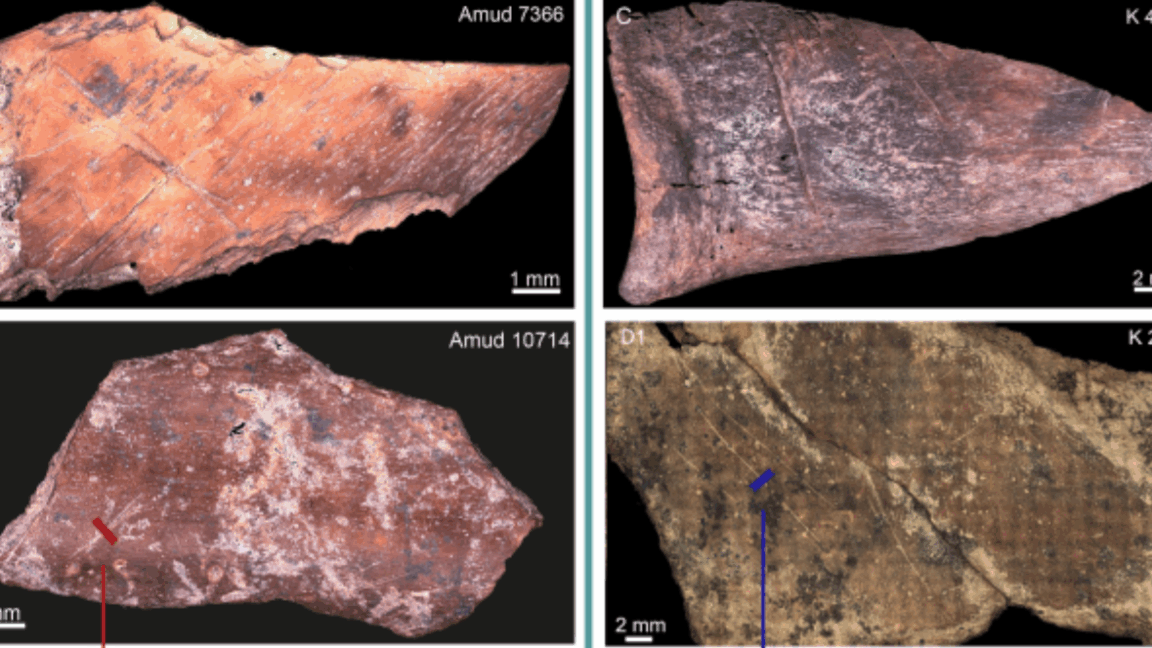
"At Kebara, the butchered bones found were an even mix of small ungulates like gazelle and medium-sized animals such as red deer and wild goats. Neanderthals utilized all parts of the animals, showcasing a broad diet."
"Conversely, at Amud, the bones largely consisted of gazelle leg bones, indicating a strong preference for gazelle over larger prey. The cut marks on bones suggested that Amud Neanderthals may have preferred meat that was dried or slightly rotten."
"The cut marks at Kebara were fewer and straighter compared to the clustered, haphazard, and curved marks found at Amud, which indicated different butchering techniques and possibly different meat preservation methods."
"Research shows that differences in butcher skill do not create the same cut mark patterns observed at Amud, implying that the Neanderthals processed decaying meat, leading to unique mark characteristics."
Neanderthals in Kebara had a varied diet, as reflected by butchered bones consisting of small ungulates and medium-sized animals. They processed all parts of the animals, indicating a comprehensive utilization approach. In contrast, the Amud site yielded mostly gazelle leg bones, demonstrating a preference for this specific prey. The cut marks on Kebara bones were fewer and straighter, suggesting fresher meat, while the Amud bones were covered in haphazard cut marks, indicating that the meat was likely dried or slightly rotten, revealing differences in butchering practices and meat preservation.
Read at Ars Technica
Unable to calculate read time
Collection
[
|
...
]